We’re in Turin on a bright, sunny morning as a trio of rare and unique Fiats makes its way to a quiet corner of the city.
The cars, a blue Fiat 125S saloon, a big Fiat 130 estate and a silver Fiat 131S, are from Fiat’s fascinating past catalogue and visually turn the clock back 30 to 40 years. But there’s something else. The 125 and 131 were the personal cars of Giovanni Agnelli, Fiat’s celebrated former chairman, while the special build 130 estate belonged to his brother Umberto. And lucky me, I’m here to drive all three of them.
For more than three decades, as the head of the giant Fiat conglomerate, Giovanni Agnelli was not only Italy’s most powerful tycoon, but he was also the most important and influential person in Italy. Period. The grandson of Fiat’s founder, a former jet-setting playboy turned industrialist, was handsome, charismatic, multi-lingual and very much into cars and driving. So much so that Agnelli, also known as L’Avvocato (the lawyer), had a whole series of unique Fiats, Lancias and Ferraris built up especially for his own private use.
A fabulous one-off Lancia Delta Integrale Spider and three-seat Ferrari Testa Rossa give you an idea of that rarified world. So does the Ferrari 360 Speedway, a sleek, low-screen version of the 360 Spider modelled after ‘50s sports cars such as the Lancia D24 Pan-America. Everyday cars like the Fiat Panda were also very much part of the family, and Agnelli had a whole series of those custom built as fun runabouts for the beach and mountains.
But of all the cars, it’s said this blue 125 was his favourite. Why? Well, the 125 was a pretty tasty 100mph sports saloon in its day, essentially an updated 124 with Fiat’s sporty 1.6-litre twin cam on board. Maybe timing also had something to do with it, as the 125 came to market not long after Agnelli, then 45, became Fiat chairman in 1966.
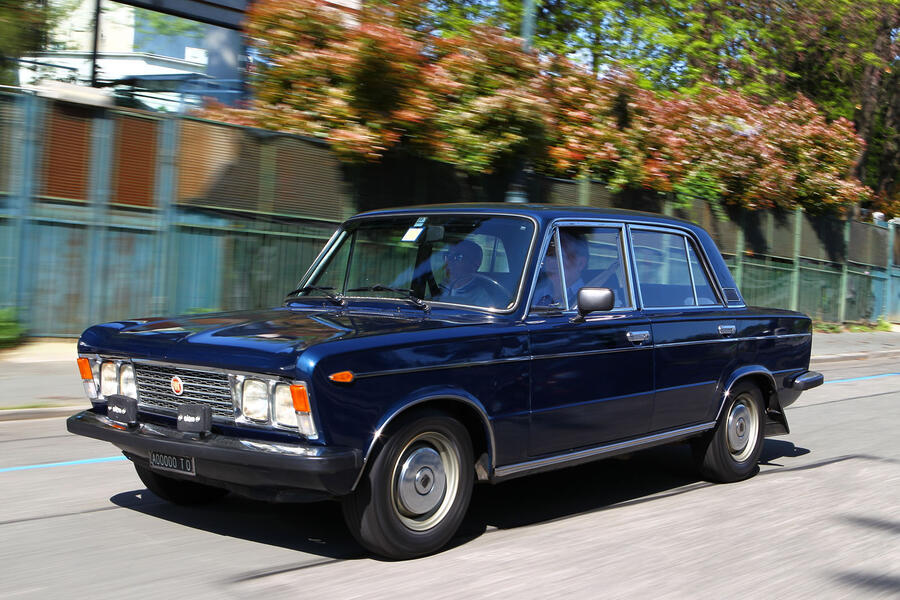

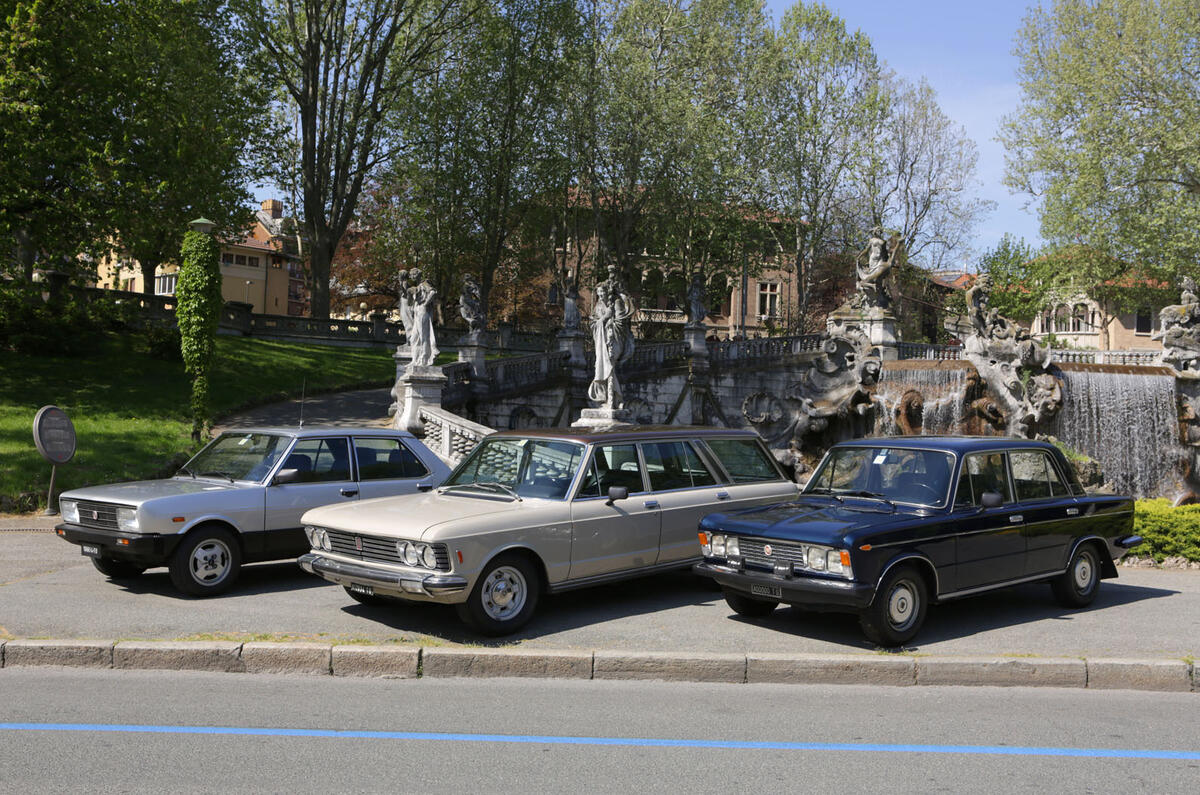
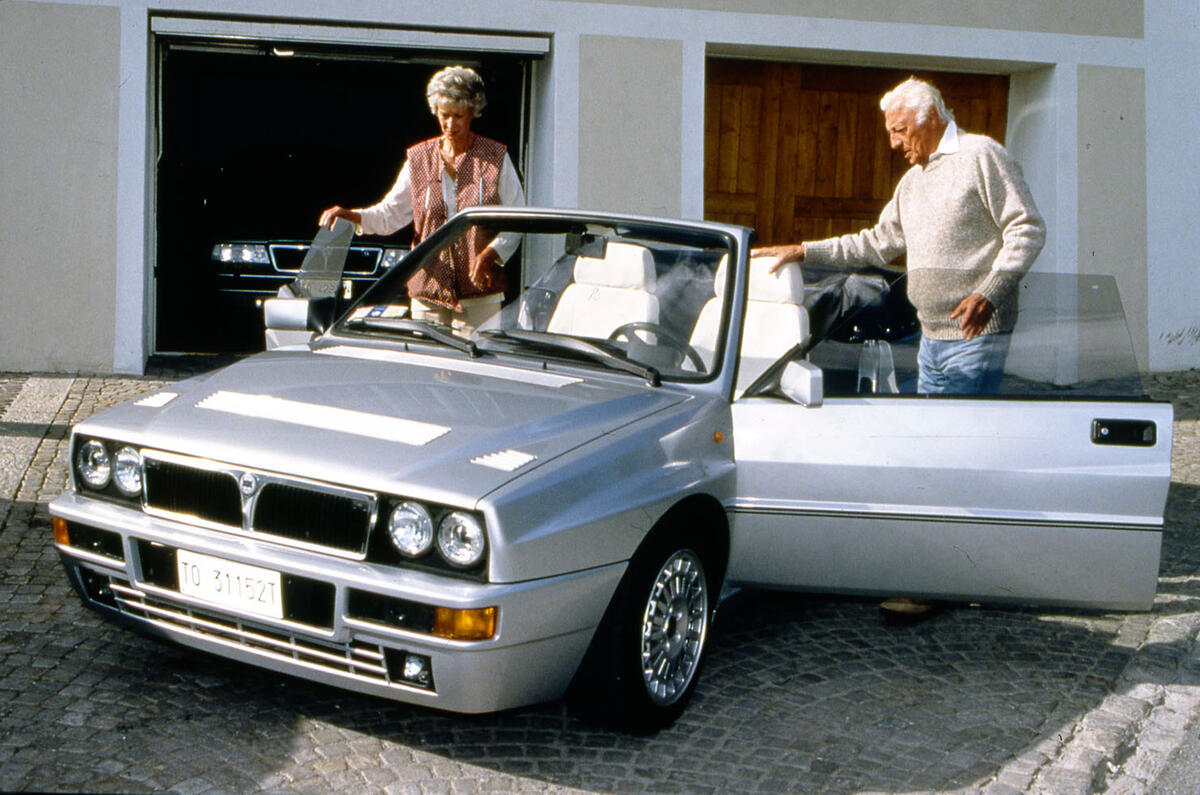
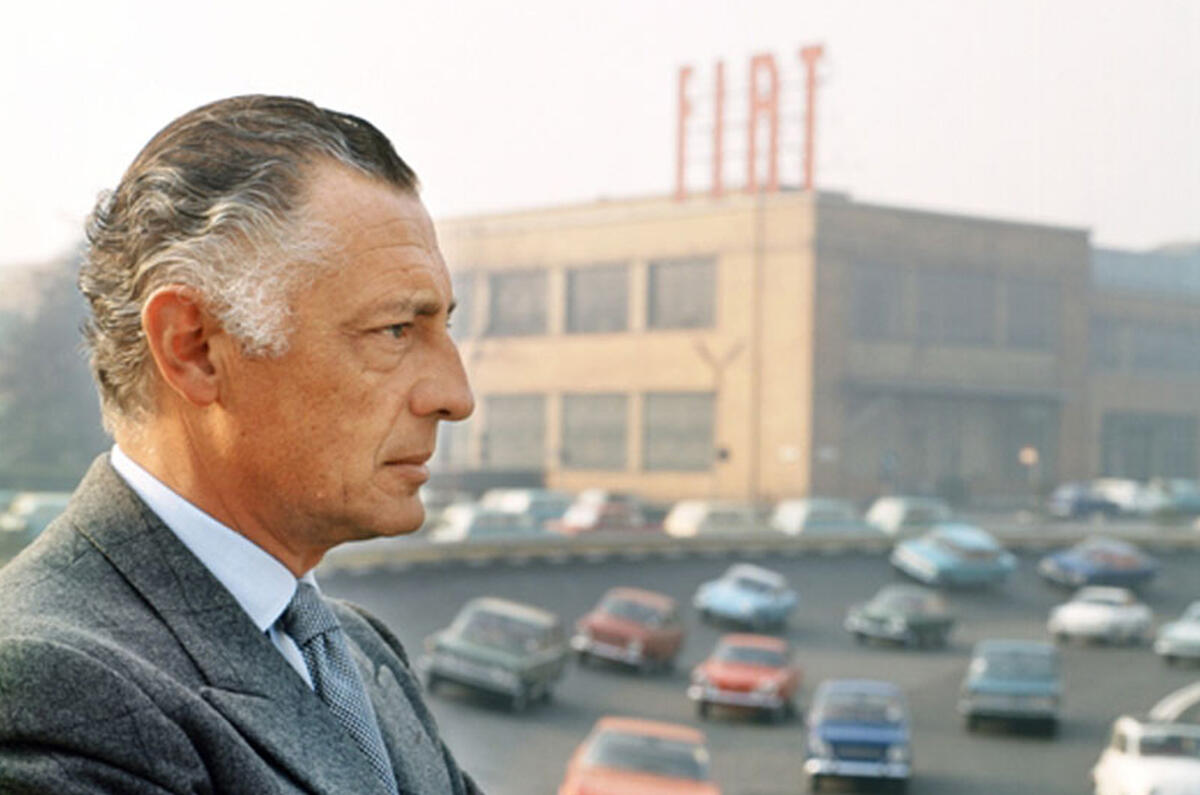


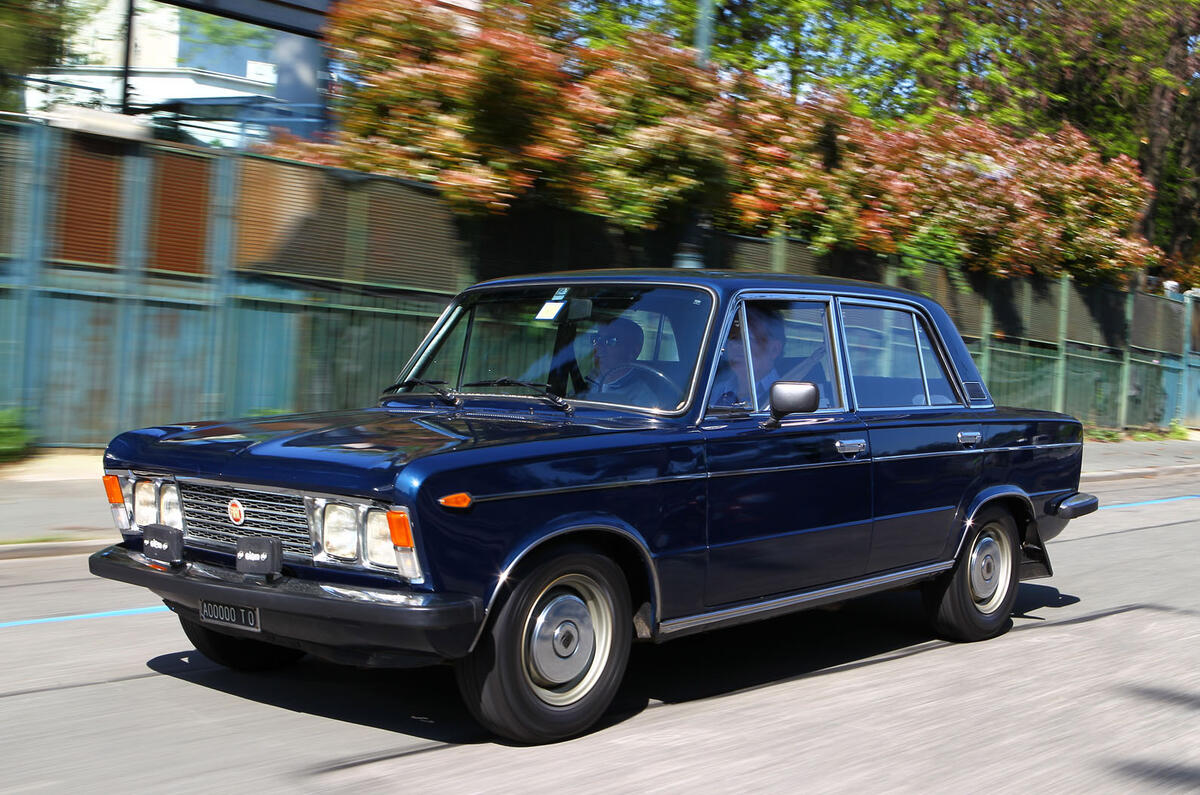
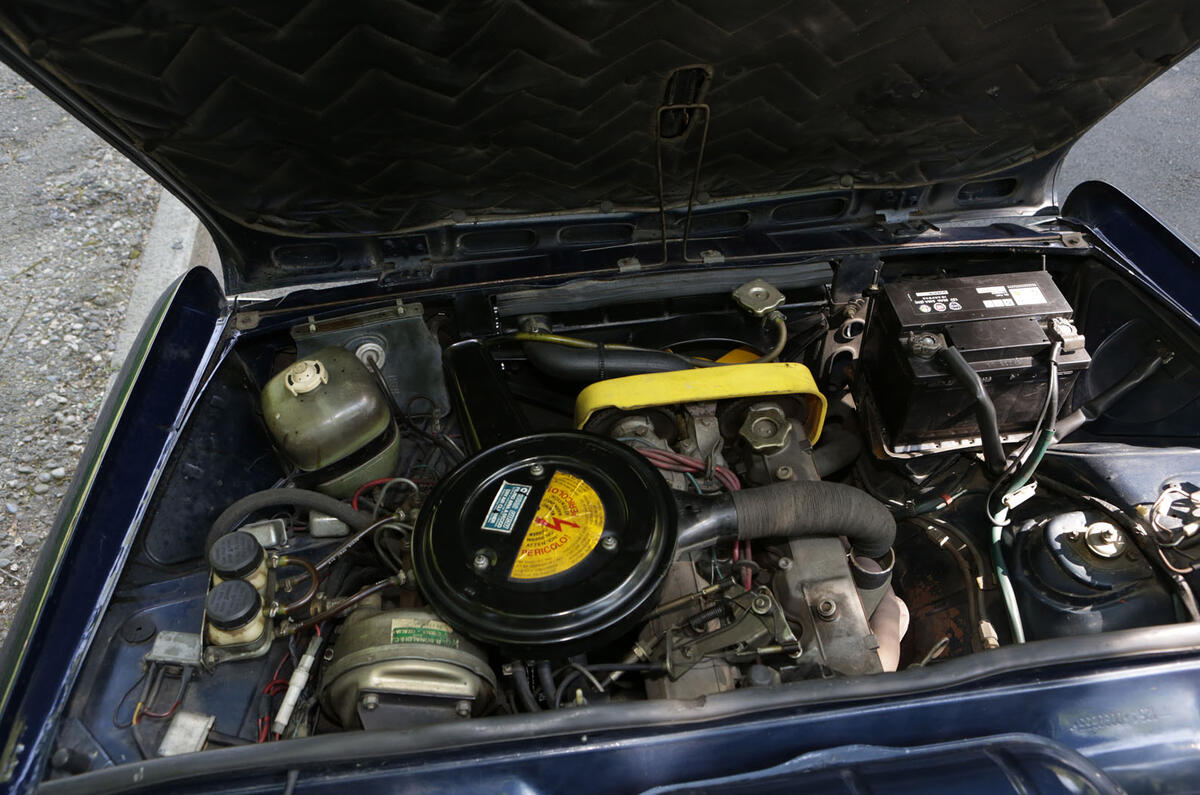

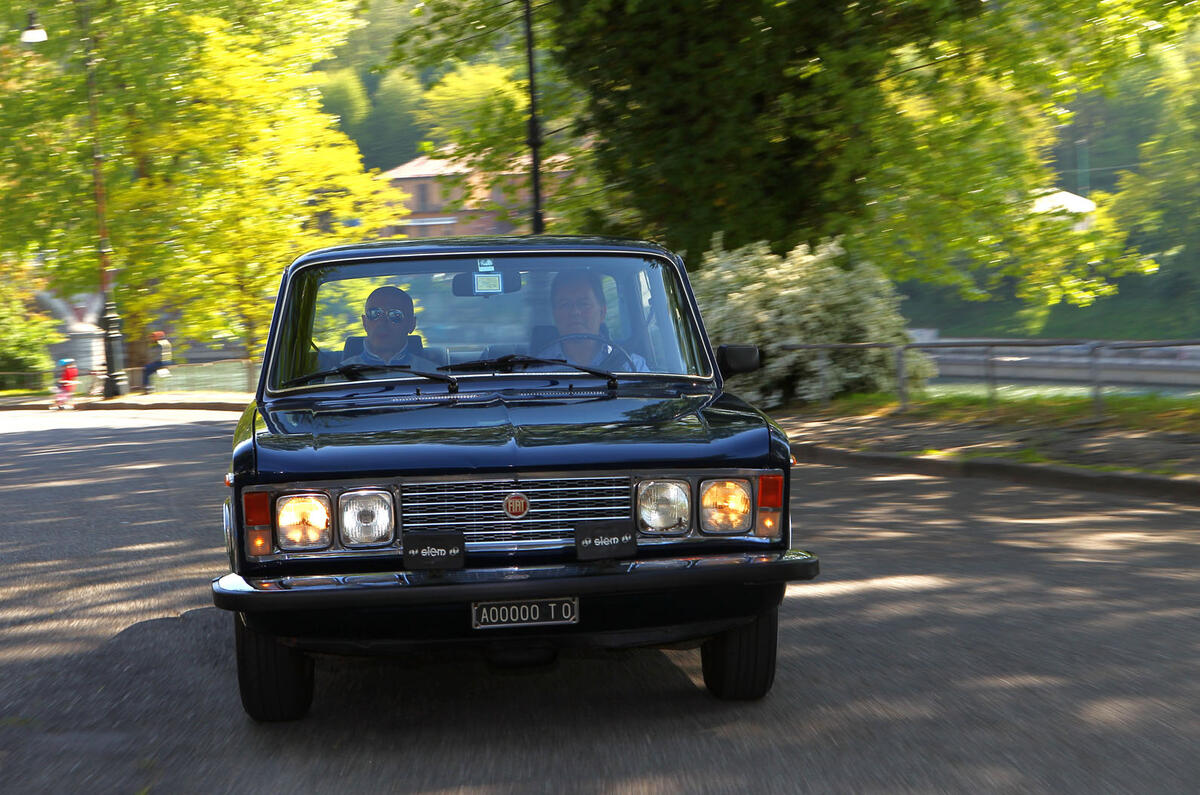
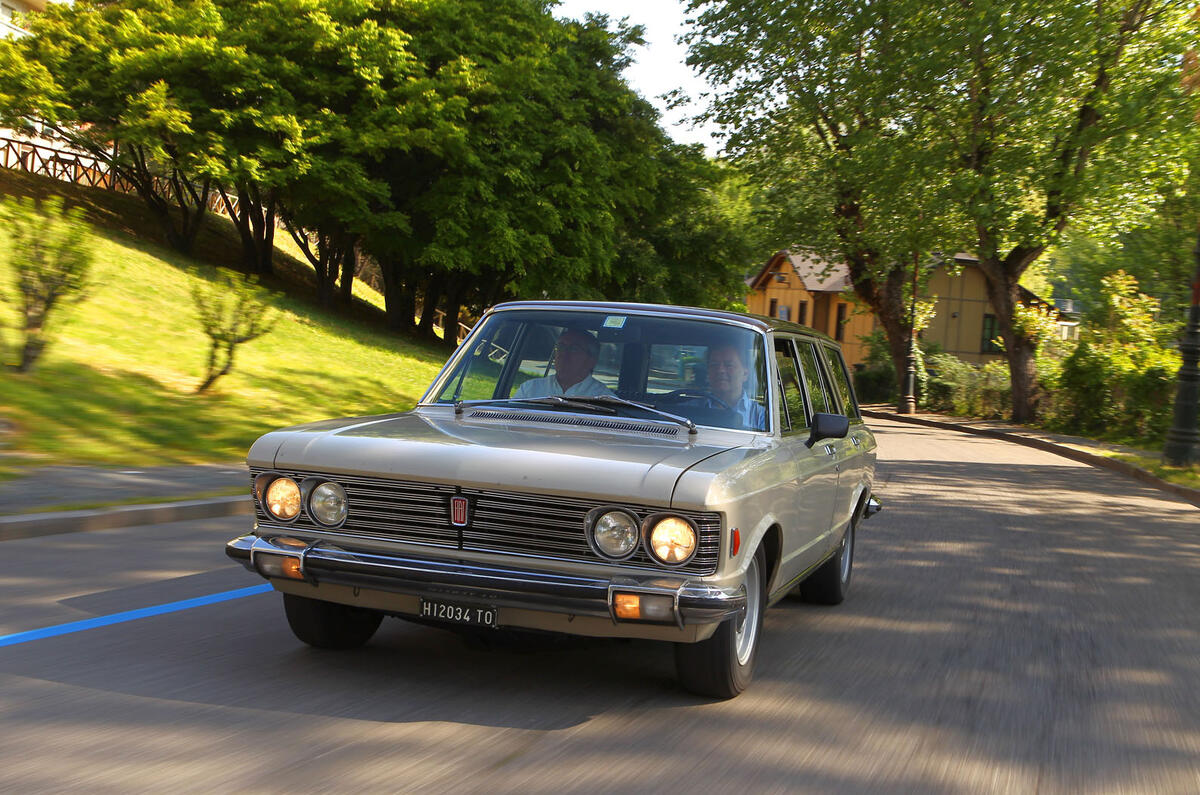
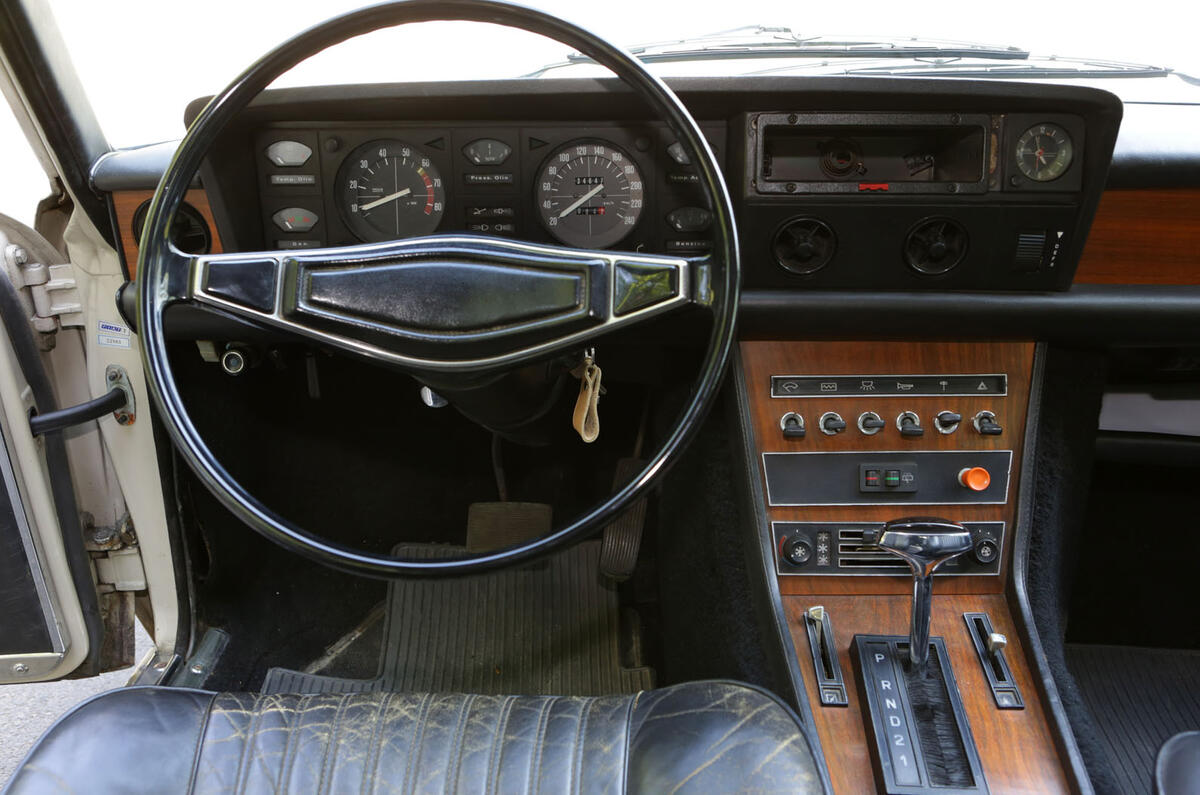
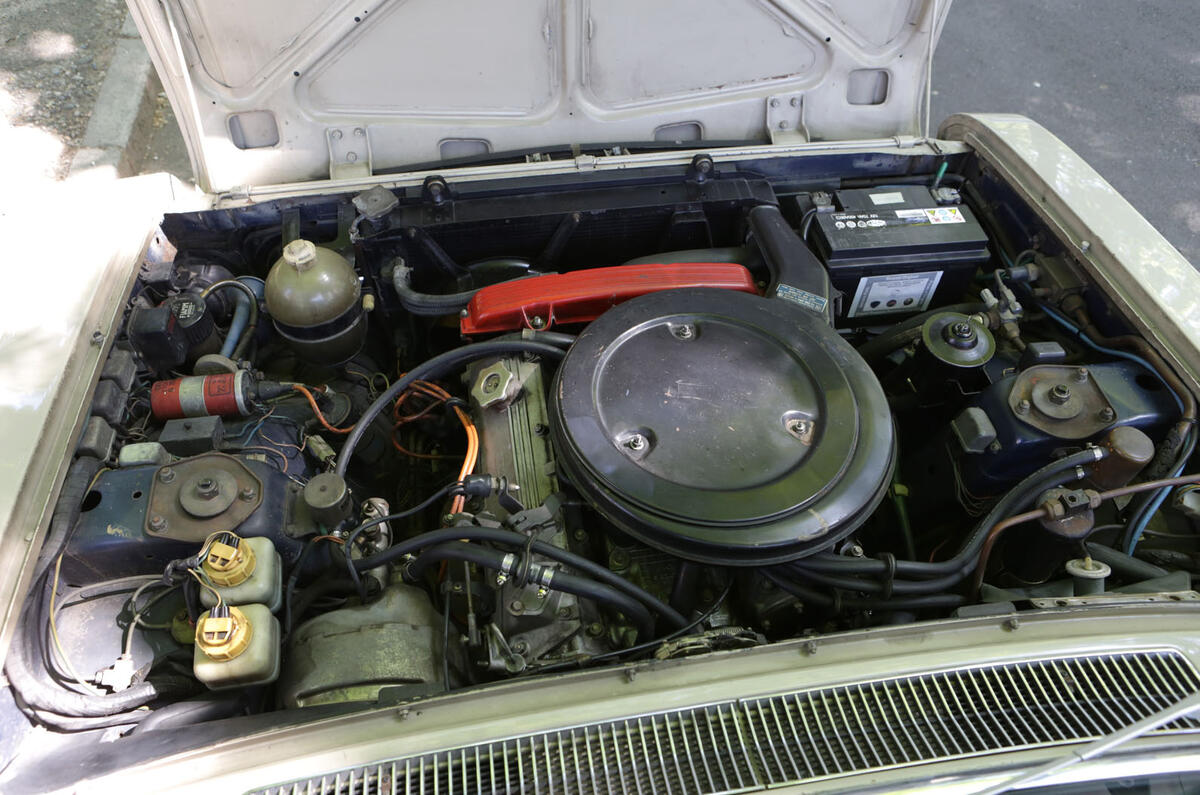
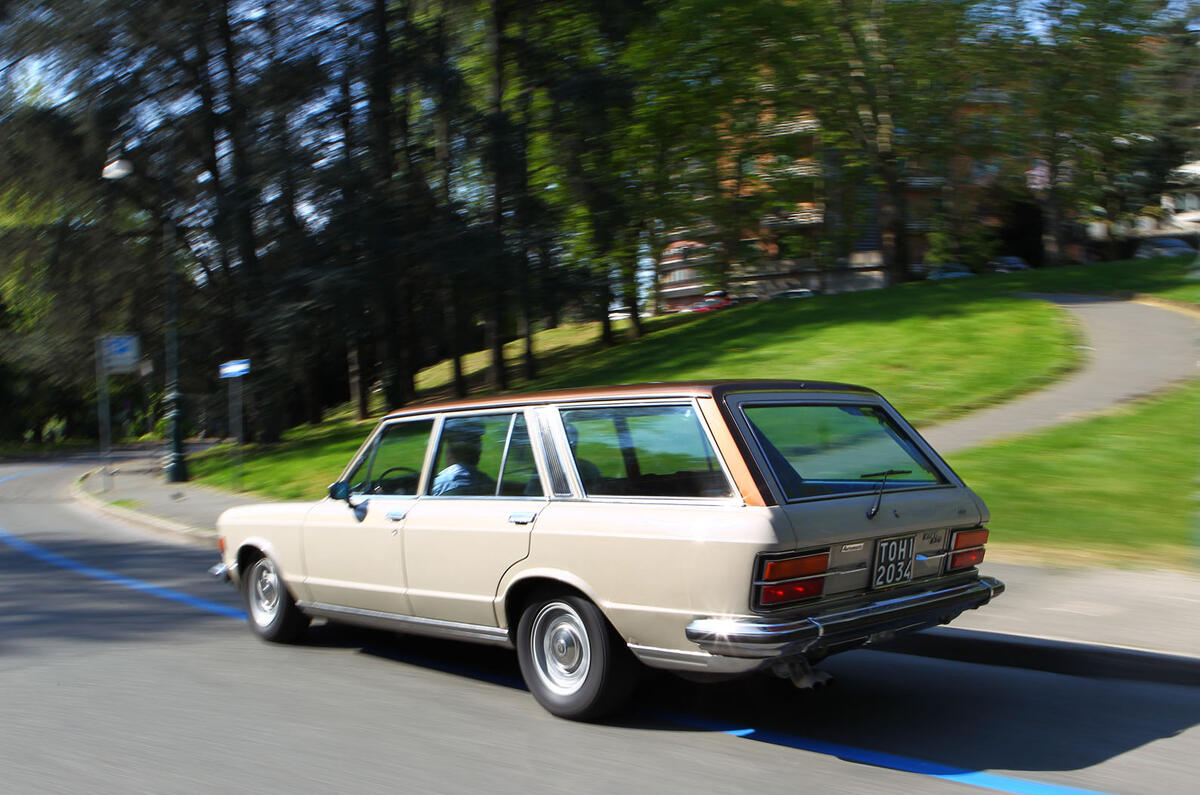
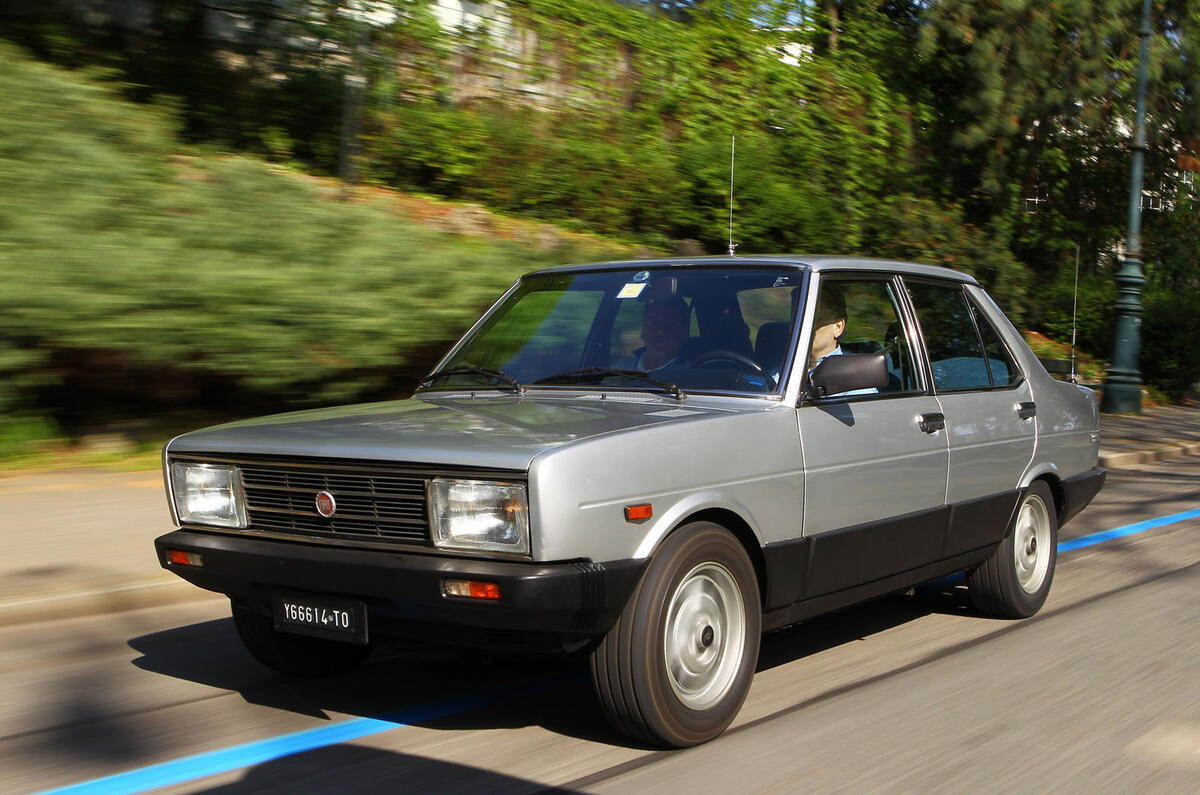
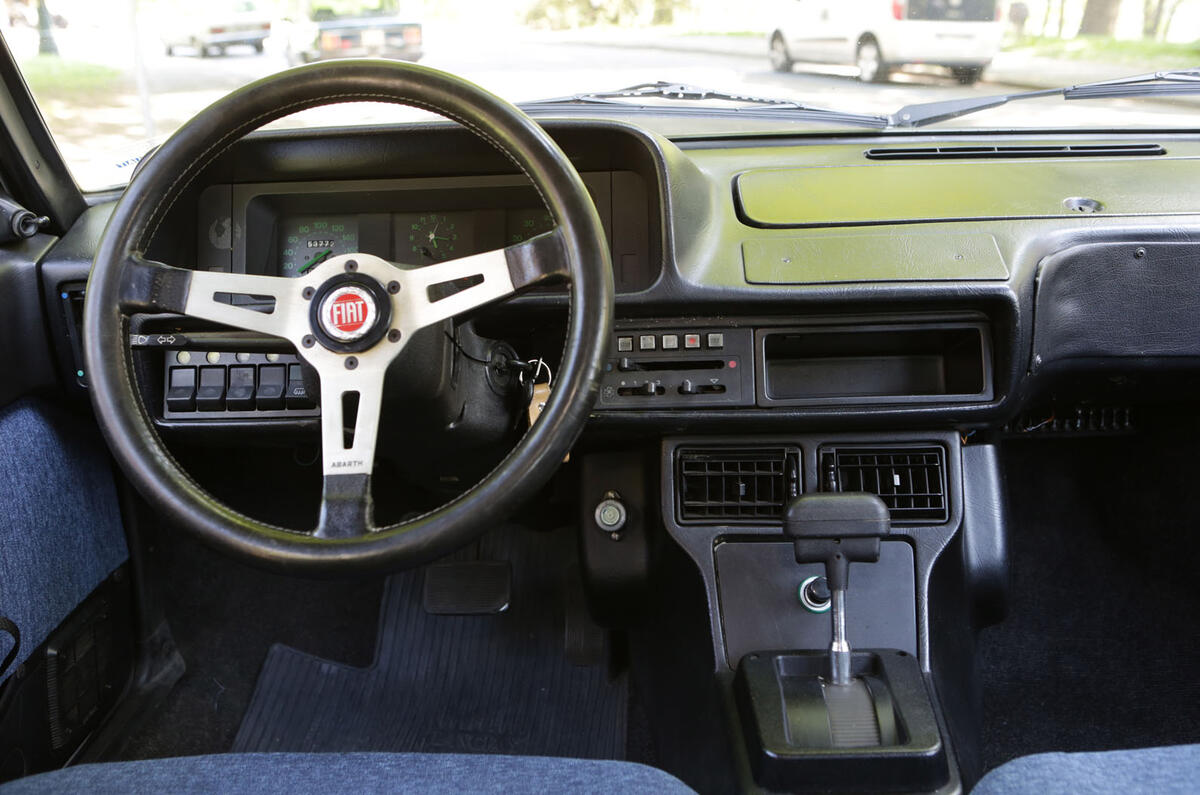
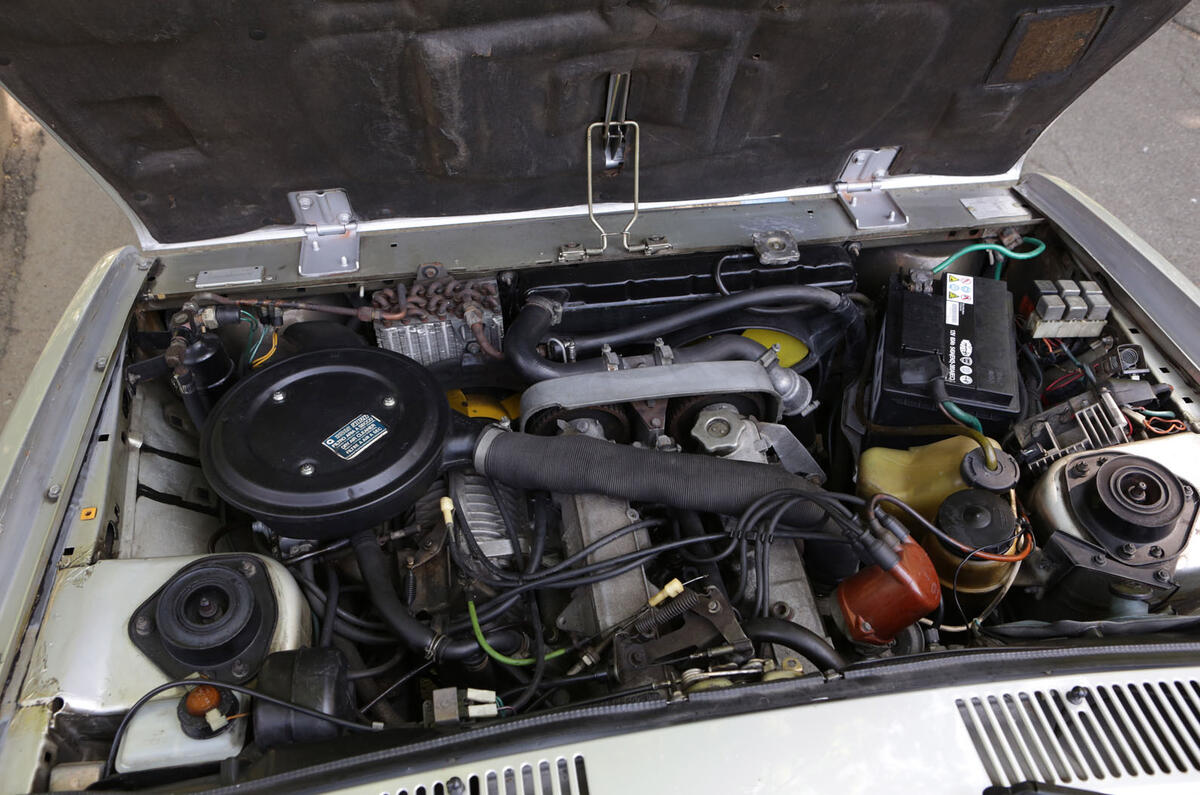
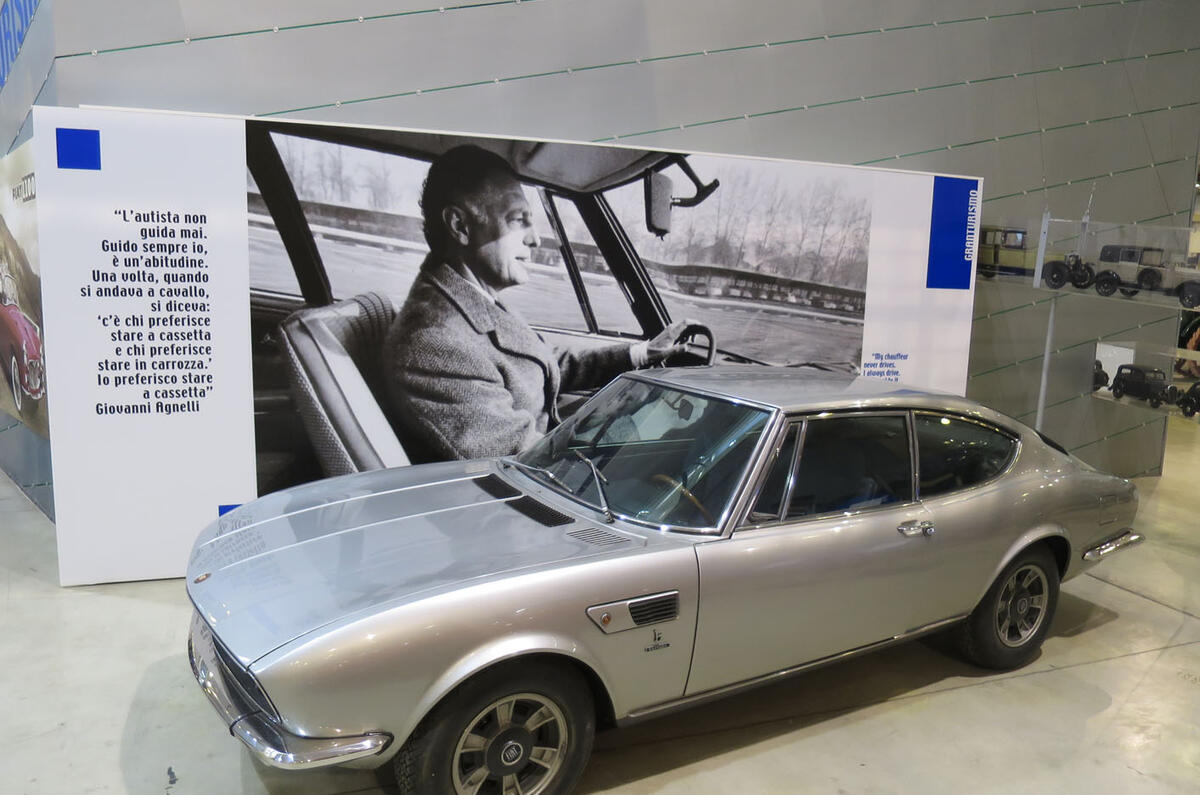
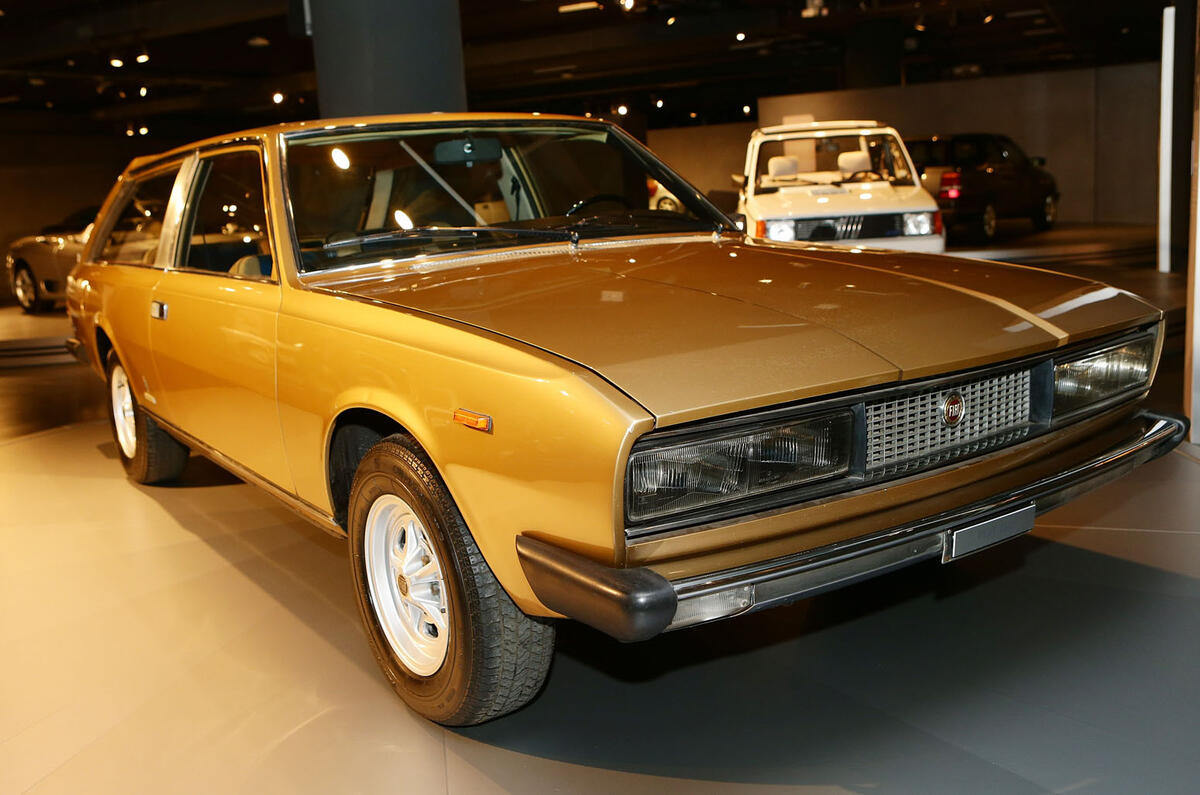
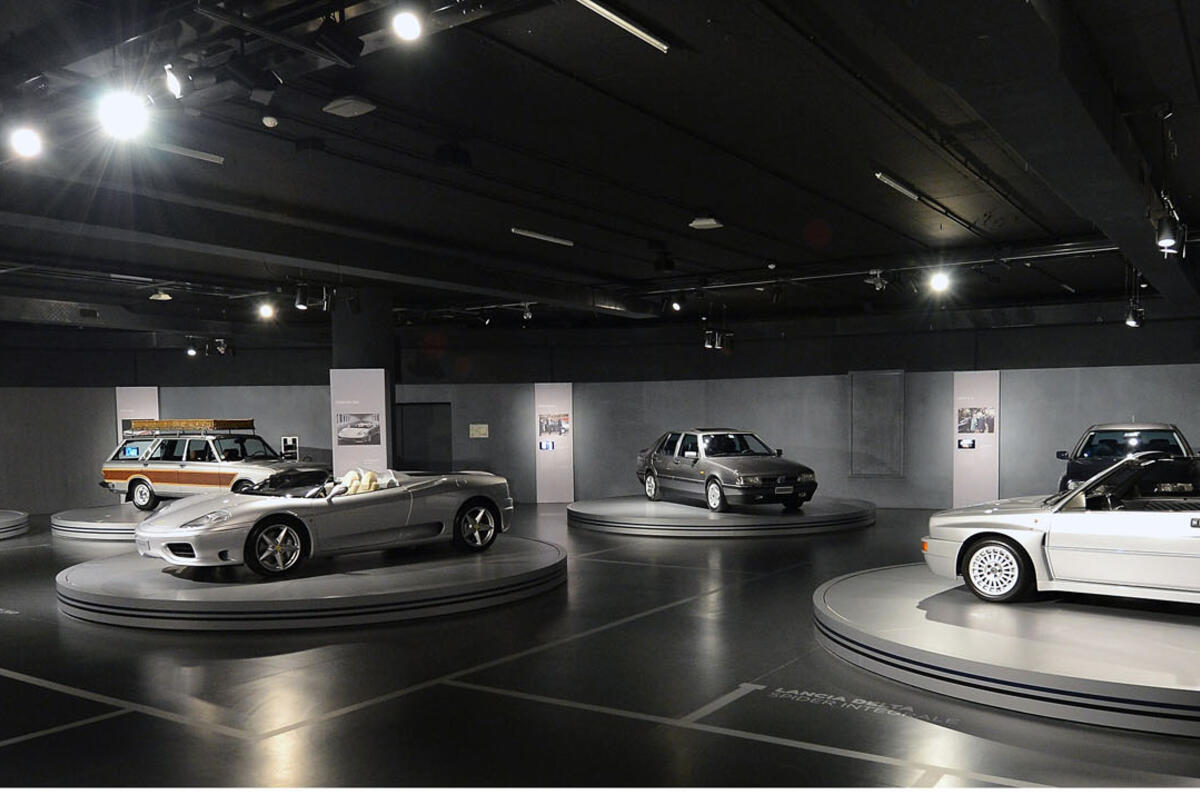
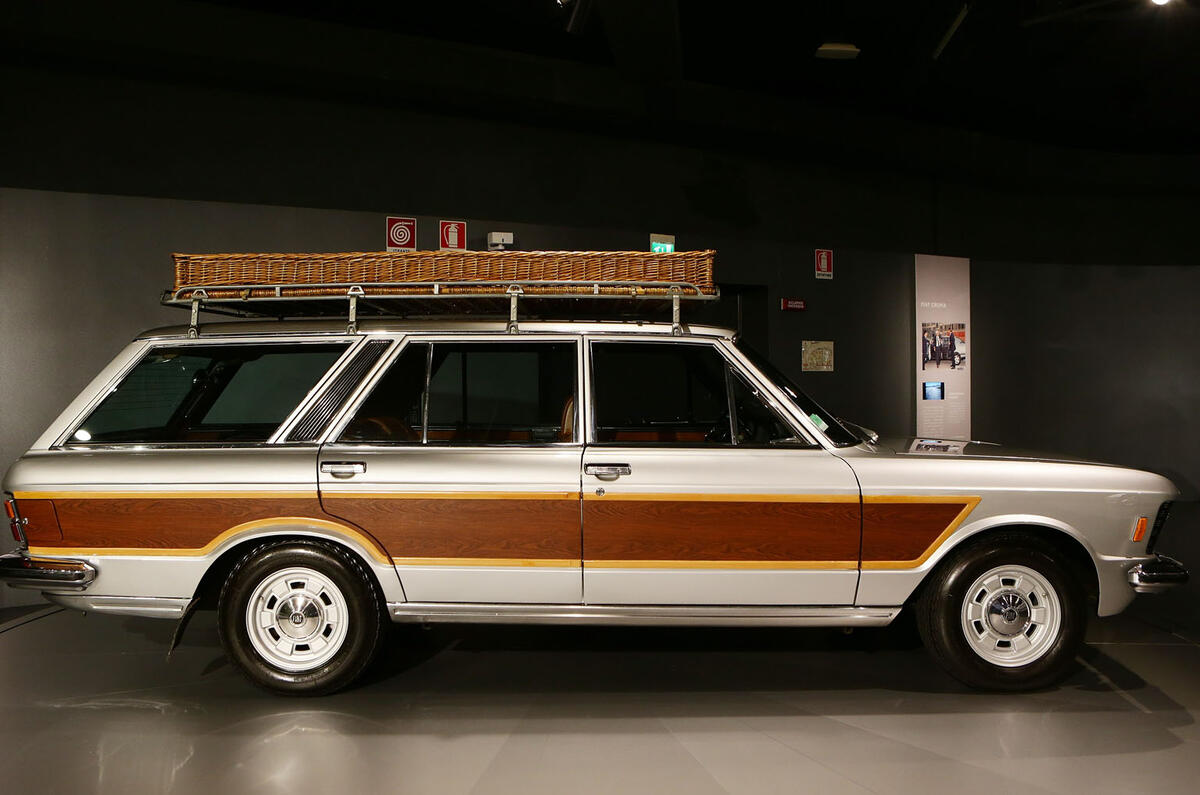
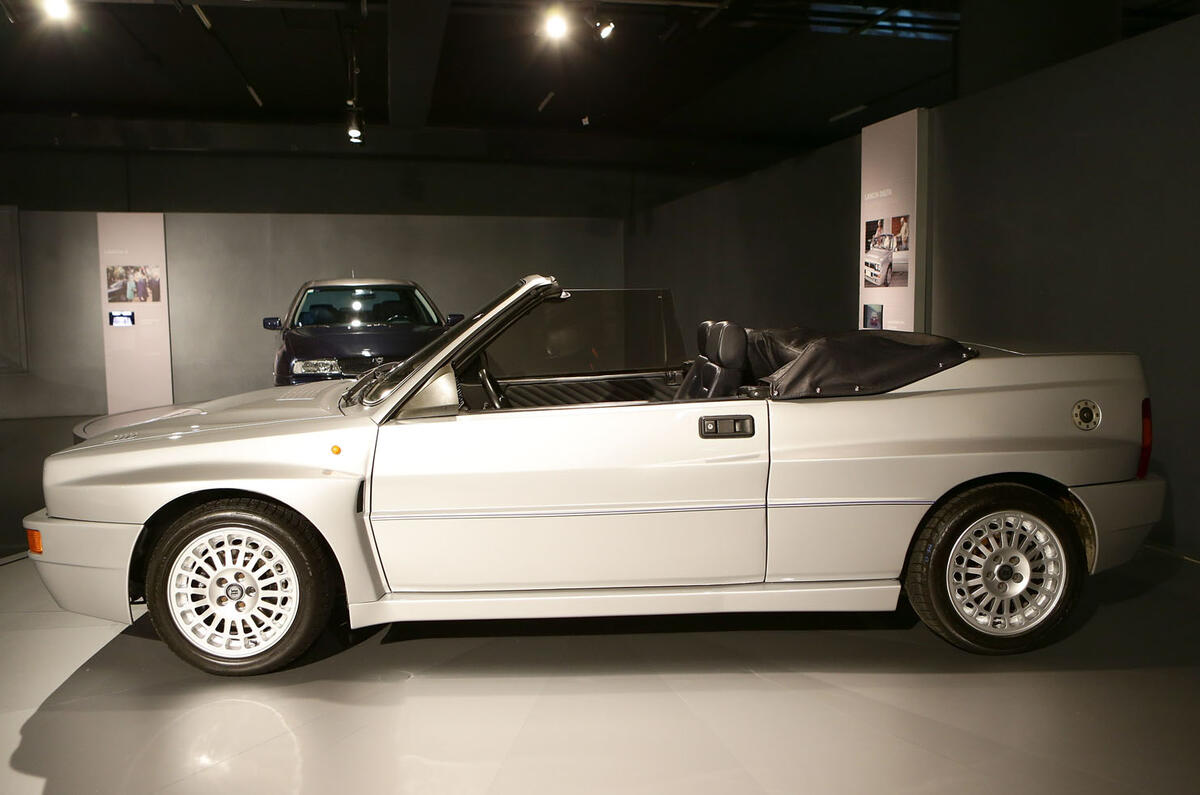
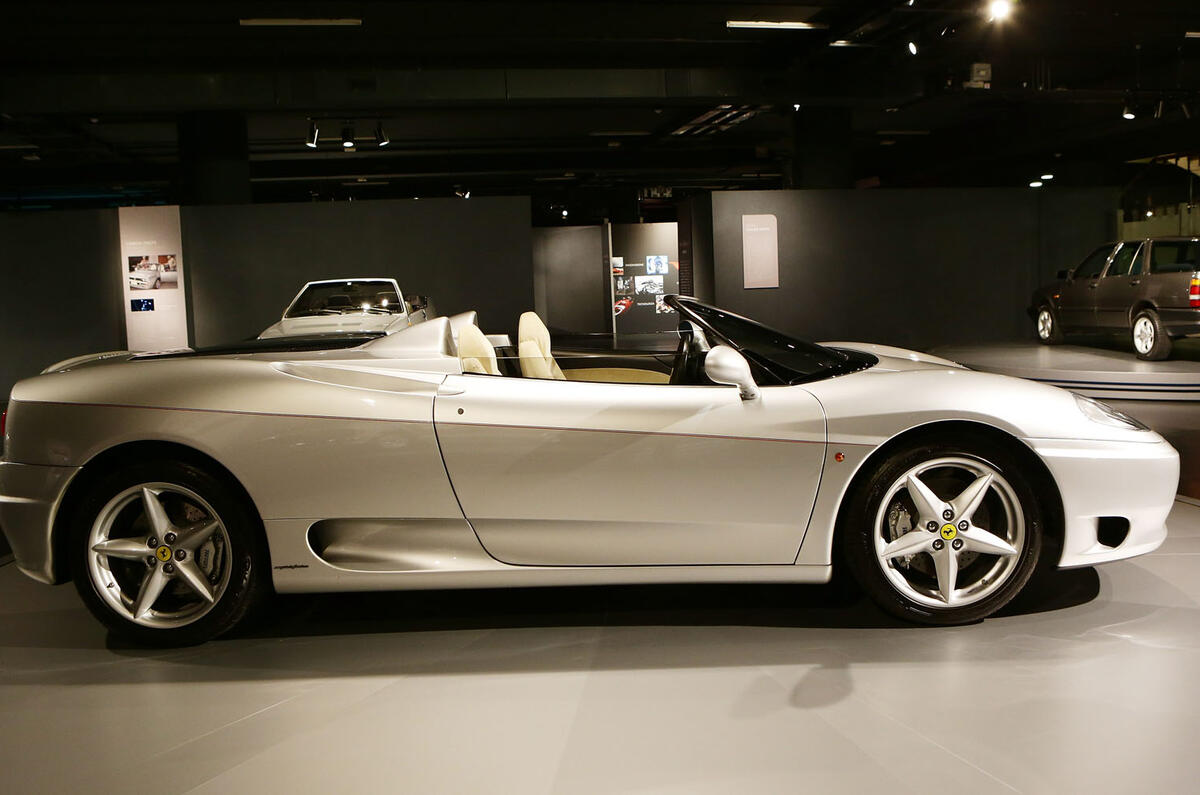
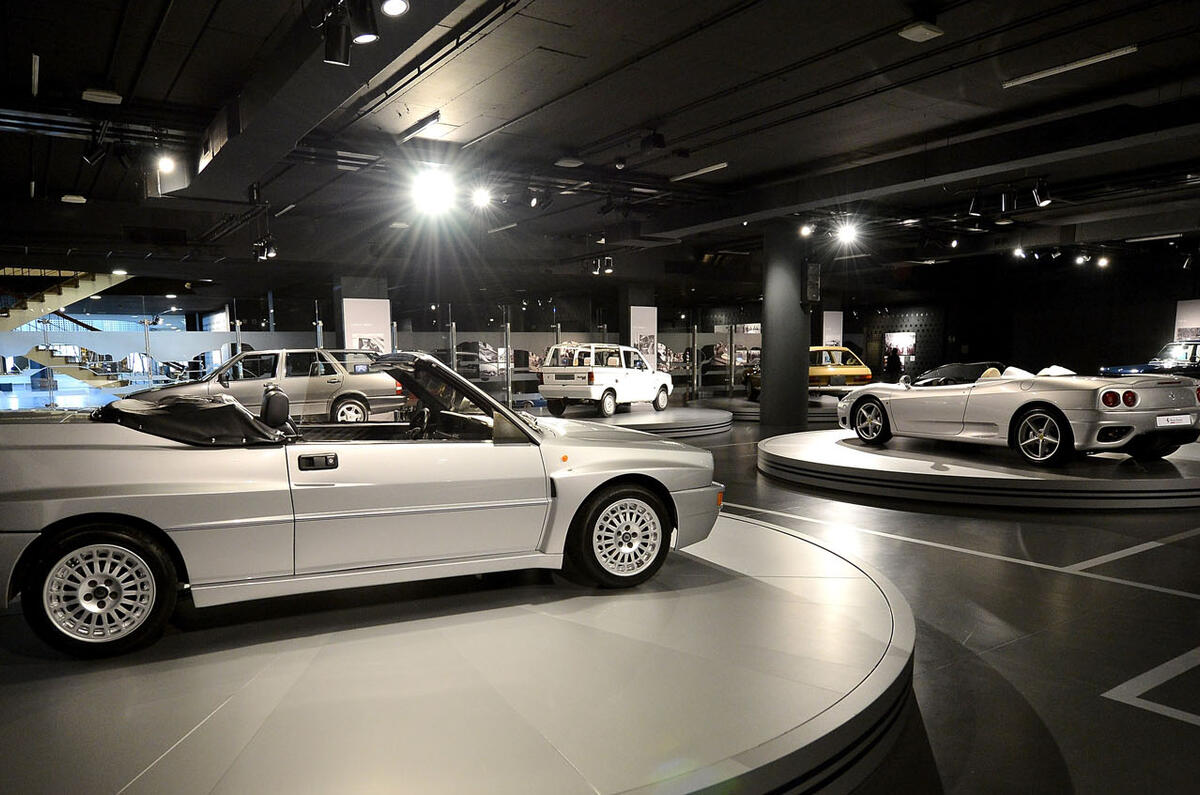
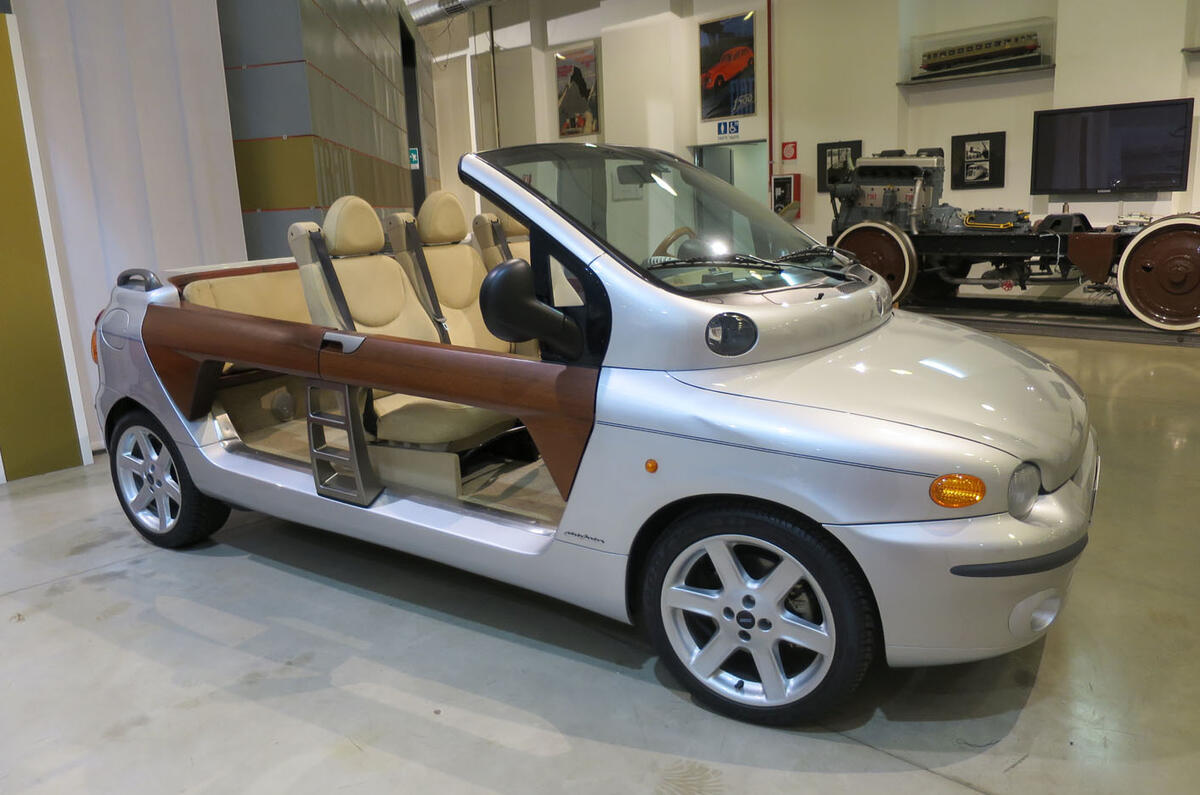
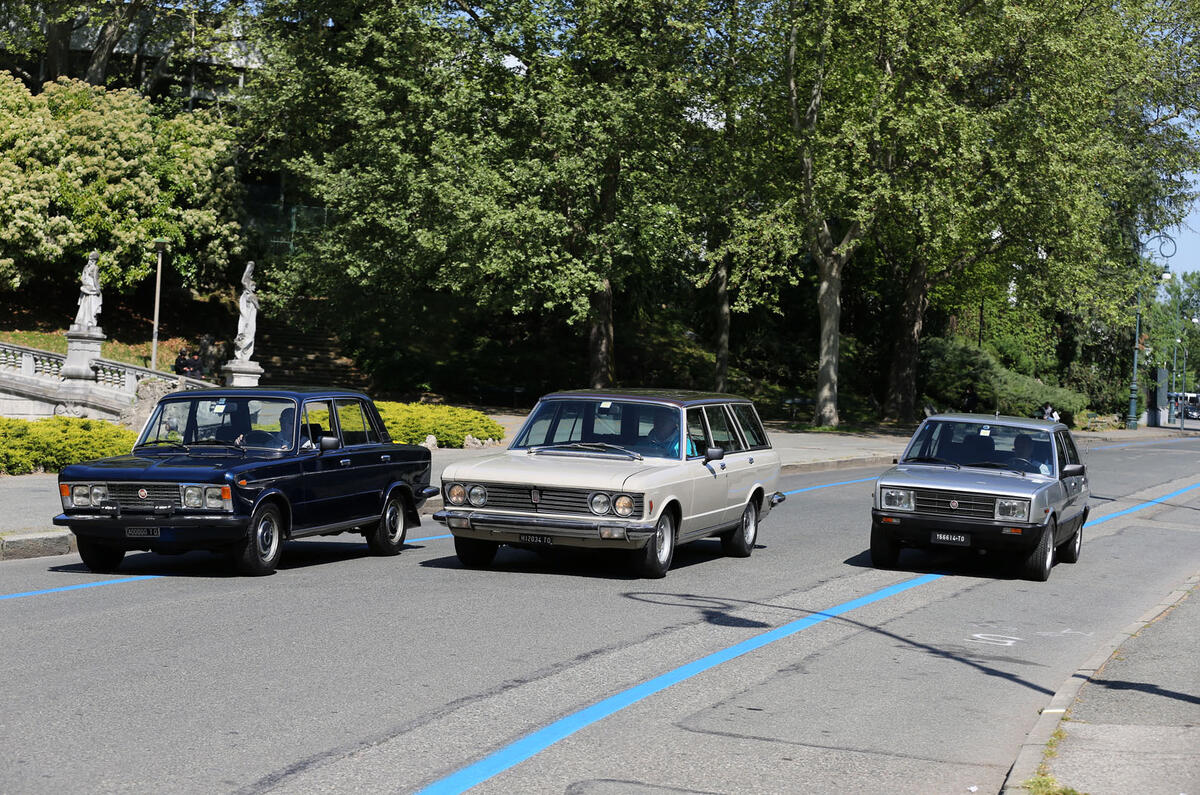
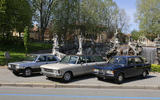
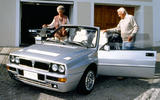


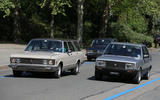

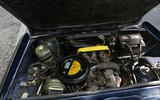
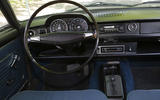
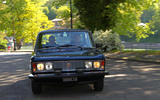
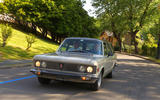
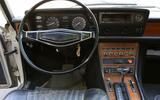

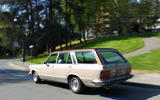
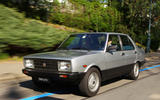
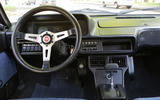
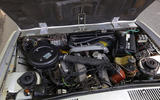
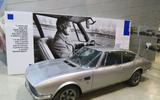
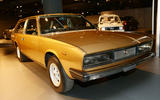
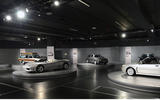
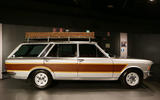

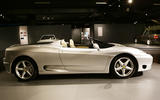

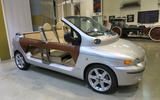
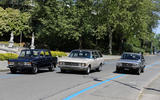
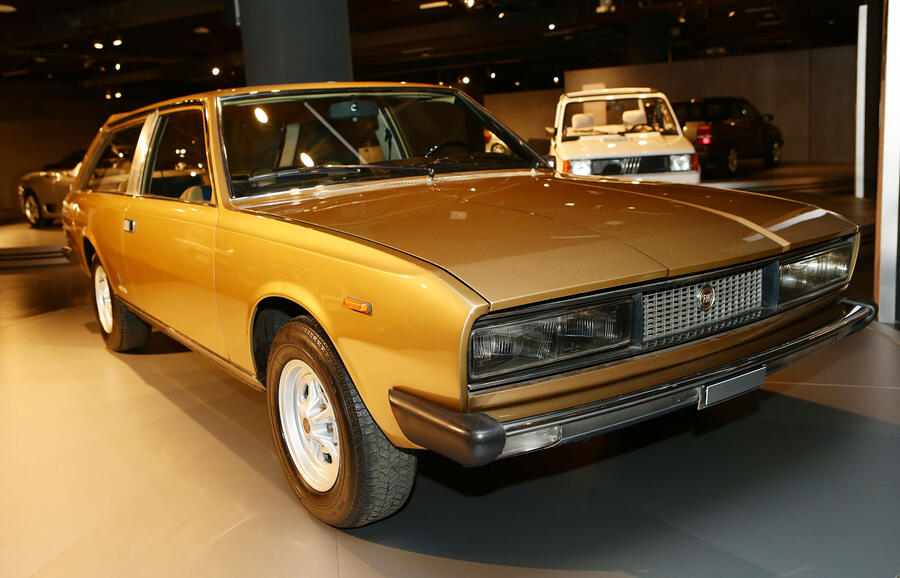
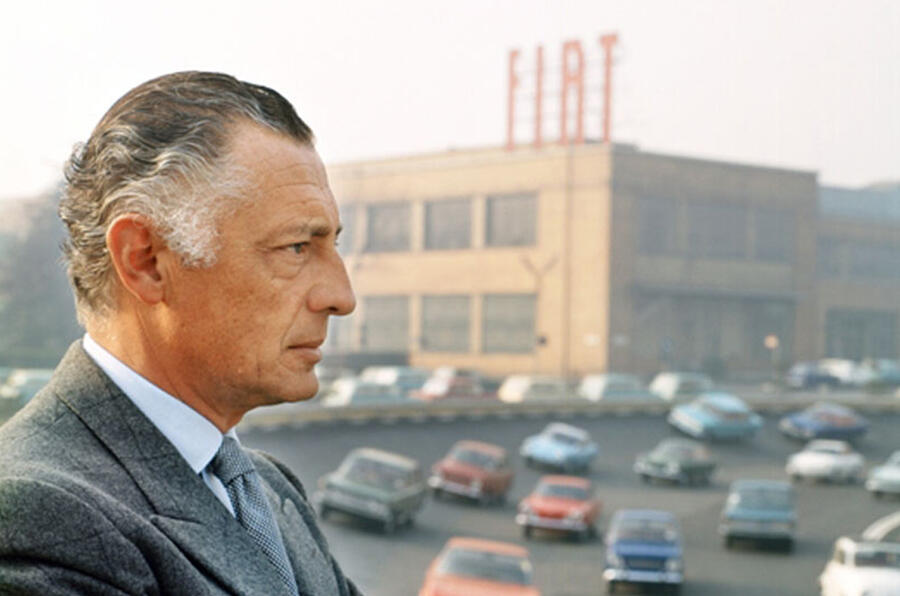

Join the debate
Add your comment
The cars of Agnelli
Ironic coincidence?
Agnelli
The (general) motoring press has, for years, blown this complete bastard's trumpet to no good end. Being generous, it must have been the freeby food.